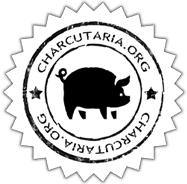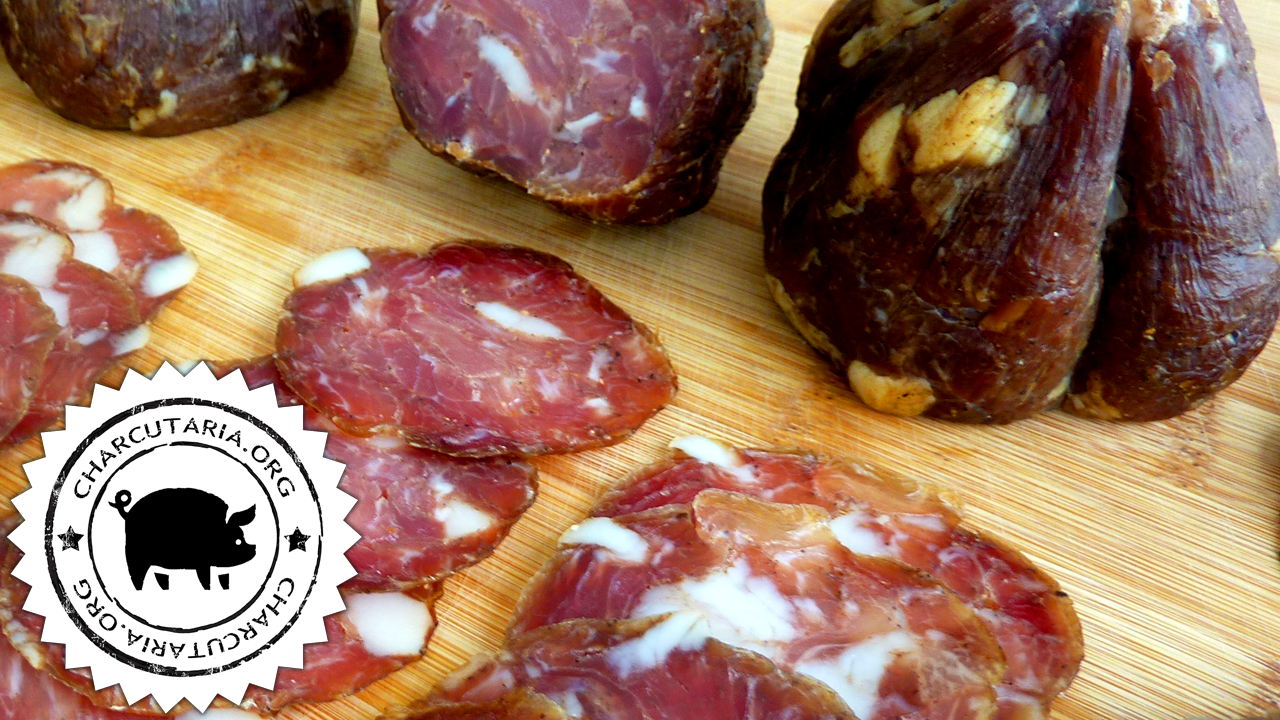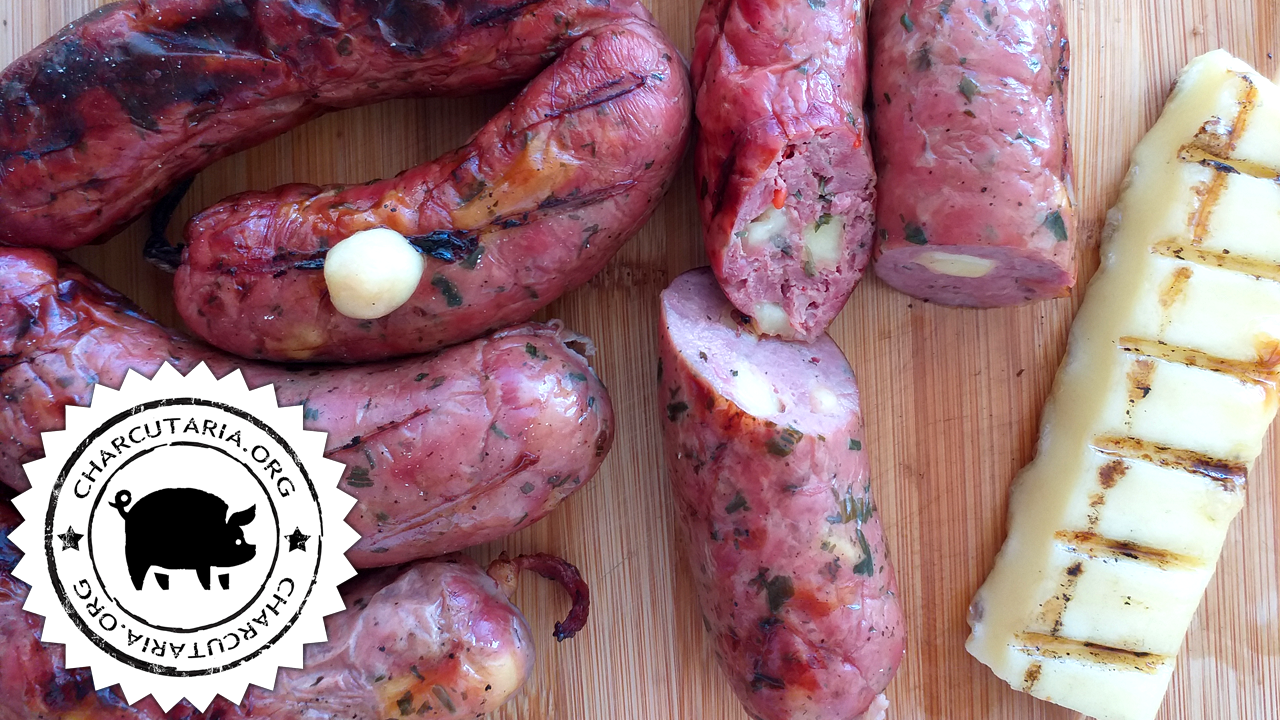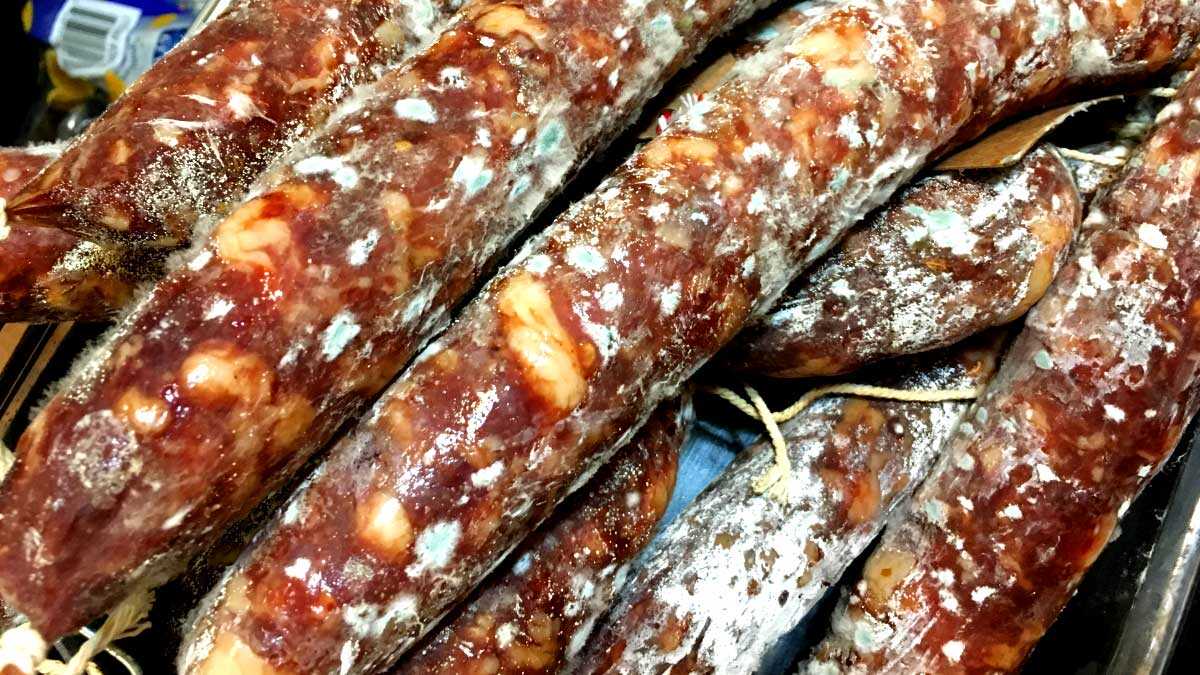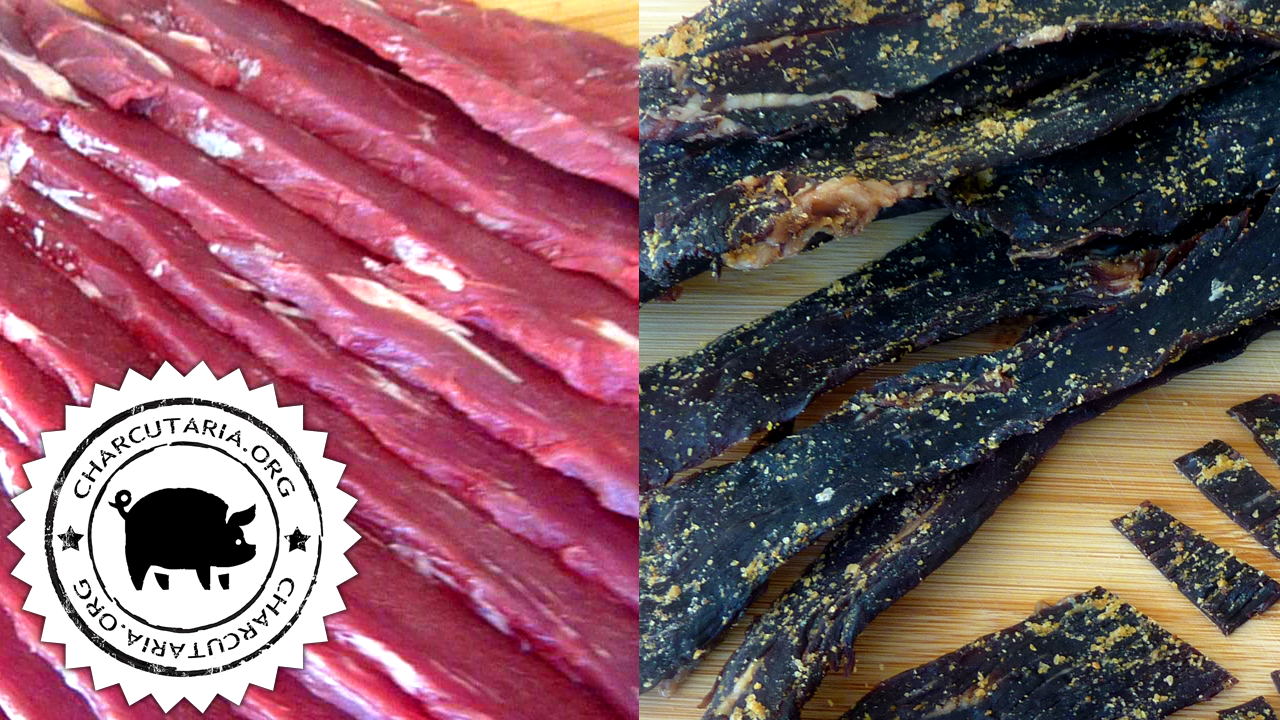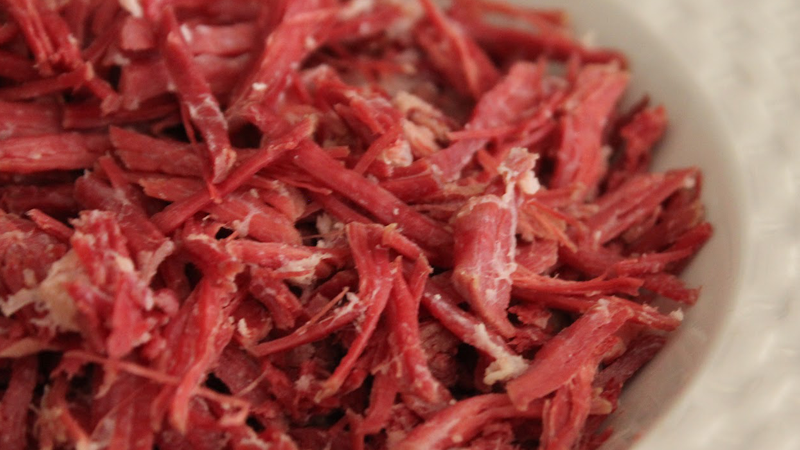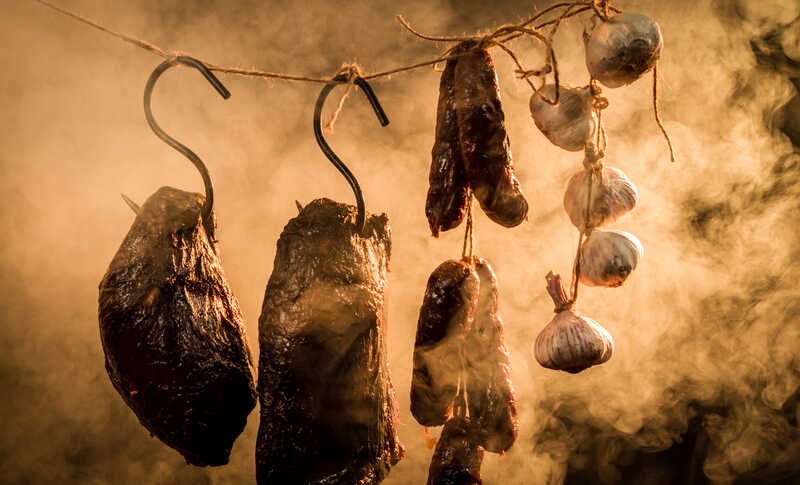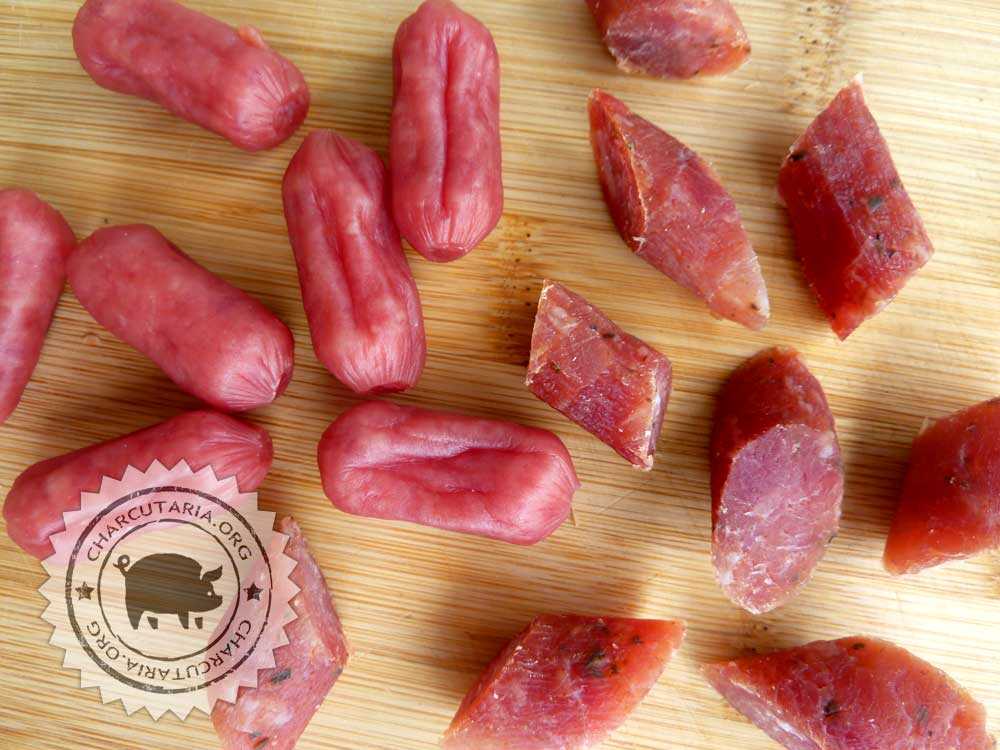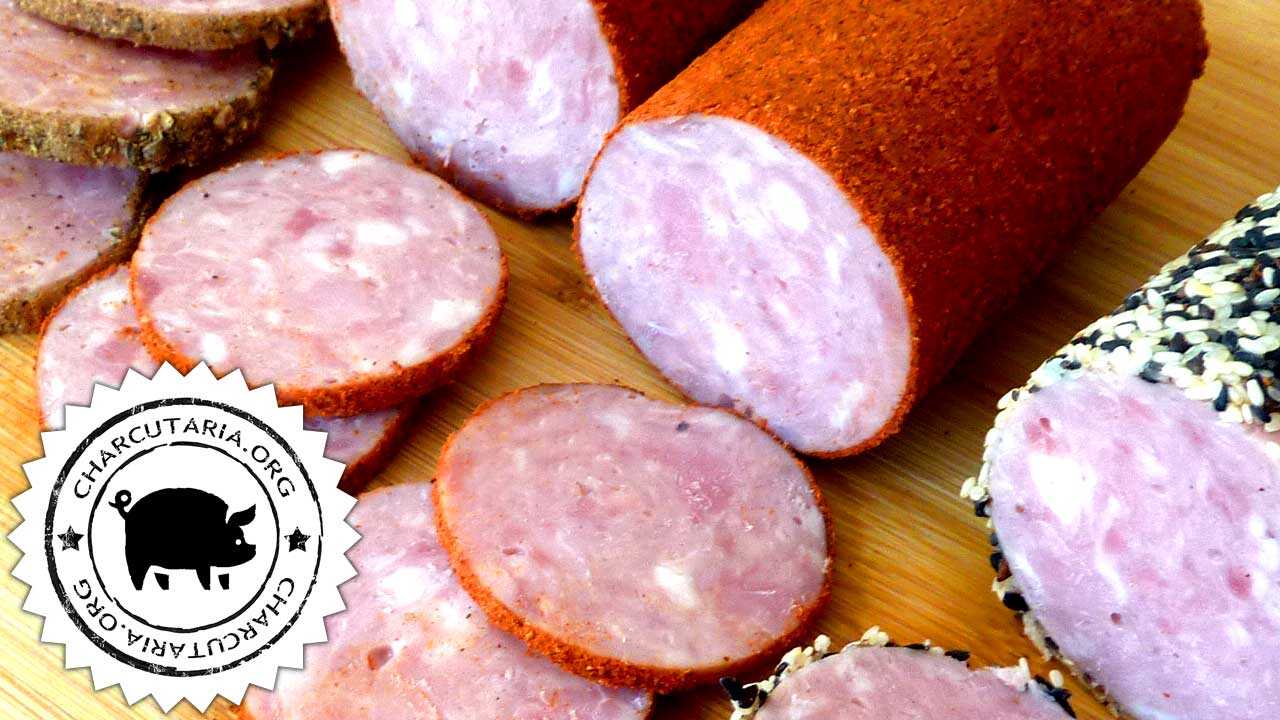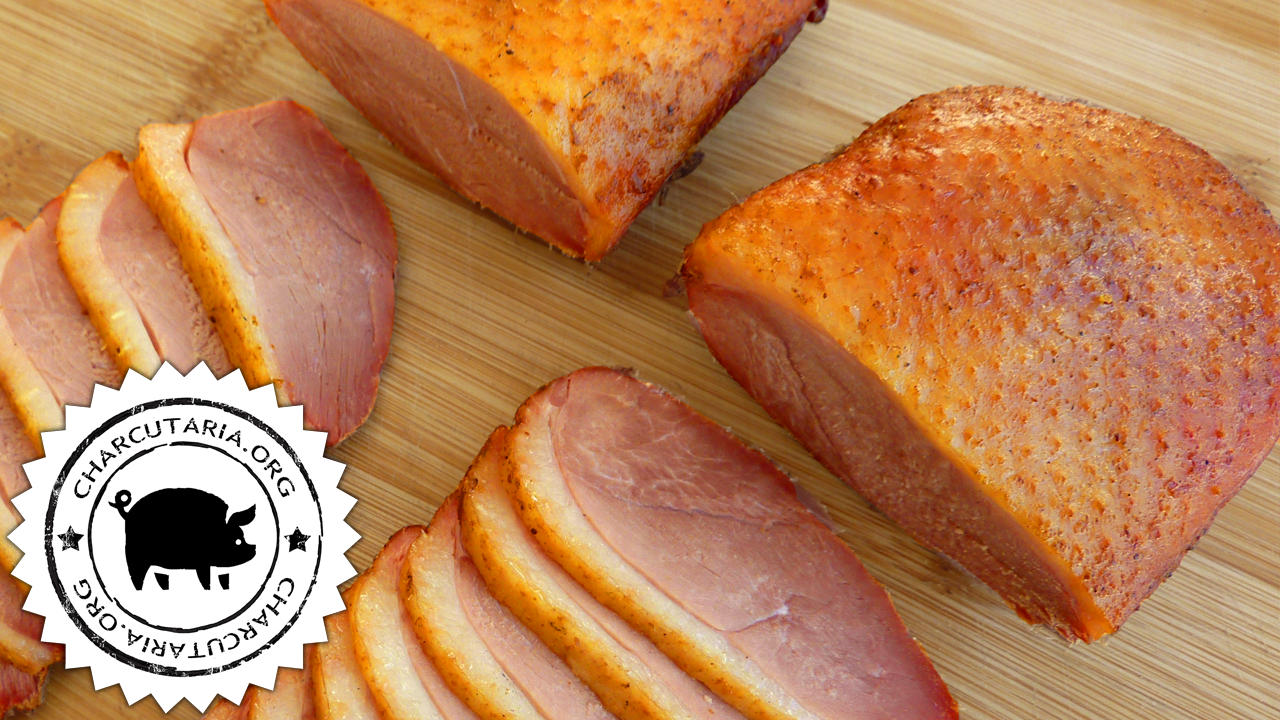
Duck breast cooked at low temperature, sous vide style (without the use of a vacuum sealer) and cold smoked. It's a delicious recipe, the flavor of the smoked duck breast is very good. The process is easy to execute. The breast was packed in a plastic food bag, removed as much air as possible, closed with string and cooked at 80ºC for one hour. Cold smoking was done using a common barbecue, with apple sawdust over the embers.
Continue reading Peito de pato defumado sous vide